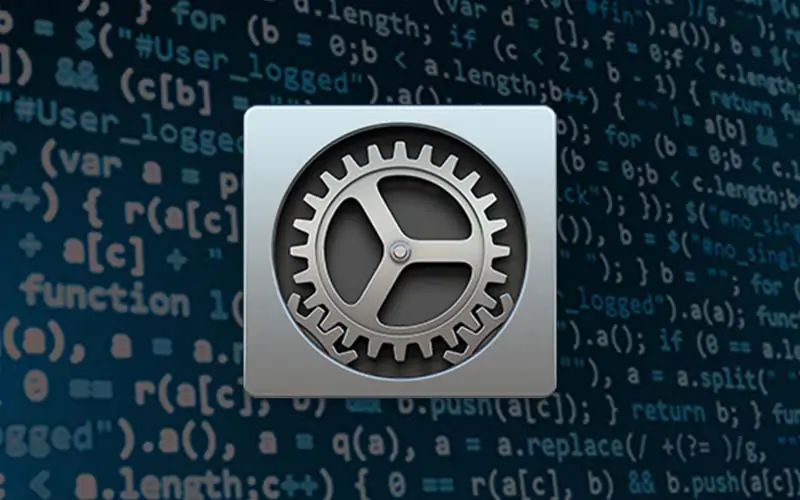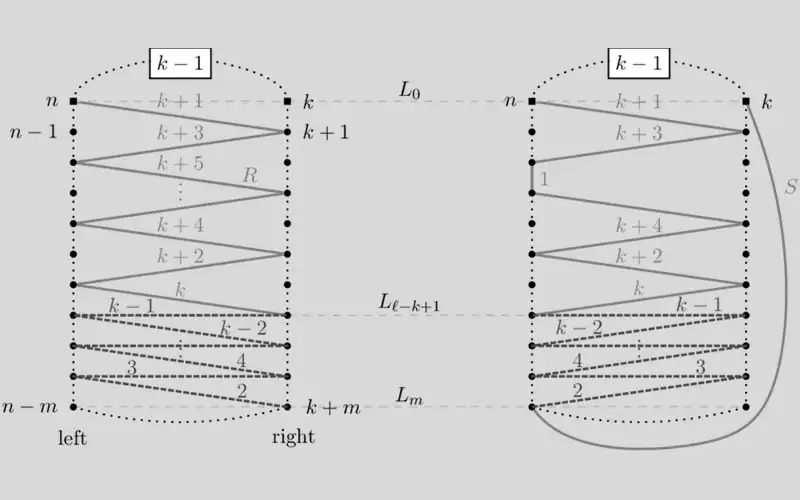What is data transmission channels? Explain with example.
The data transmission channels are needed for data transmission. These can be: Guided Channels or Unguided Channels.
Guided Media:
Guided media use a physical connection between two devices. The waves are guided along a physical path over the medium. A signal has to travel within the physical limits of the guided medium. These may be:
Twisted Pair Cable: Twisted pair cable is a cable which is made by intertwining two separate insulated wires together. A twisted pair cable consists of two conductors, which are normally made of copper. This pair has a bandwidth to distance ratio of about 1 MHz per kilometer. These are of two types: shielded and un-shielded. Shielded Twisted Pair (STP) has a fine wire mesh surrounding the wires which helps to protect the transmission Unshielded Twisted Pair (UTP) does not have that mesh. Shielded cable is used in older telephone networks, network, and data communications to reduce outside interference.
Optical Fiber: Optical fiber cable is a cable made of optical fibers that can transmit large amounts of information at the speed of light. It is a medium and the technology associated with the transmission of information as light pulses along a glass or plastic strand. Optical fiber carries much more information than conventional copper wire.
In one cable, there are many optical fibers. The glass fiber requires more protection within an outer cable than copper. Basically, it consists of two concentric cylinders: an inner core and a cladding used to surround the core. These are made of transparent plastic or glass material. The density of the core and cladding must be such to be helpful to reflect the beam of light.
The core guides the beam and cladding prevents it. The signal is usually generated by a laser or Light Emitting Diode (LED). The speed of data transfer is really high. Due to high speed and little disturbance these are being used rapidly in telecommunications.
Advantages of Optical Fiber
- Higher Bandwidth helps data at a higher rate.
- Less signal attenuation.
- Immunity to electromagnetic interface.
- Light weight.
Limitations of Optical Fiber
- It needs experts to install it and provide maintenance.
- Being unidirectional needs two fibers for bi-directional communication.
- Cost factor is high.
Unguided Media
Unguided media transfers the signals through wireless medium. It transports electromagnetic waves in the air which can be received by the devices to catch them. These can be:
Radio Waves: Radio waves are an invisible form of electromagnetic radiation, and it is one of the widest ranges in the electromagnetic spectrum. A radio wave is an electromagnetic wave propagated by an antenna. The frequency ranges from 3 Kilo-Hertz to 1 Giga-Hertz. These can travel in any direction and easy to produce waves.
It eliminates the cost of physical medium and is very useful for long distanced communication. These are of a very long wavelength, such as thousands of meters, tend to travel along the surface of the earth and even penetrate into the water. These are useful for communication with submarines and for broadcasting time signals, radio broadcast, cellular telephones, etc. Each communication service uses a part of the spectrum that is suitable for its needs. These days cellular radios are used to provide mobile phone networks. These operate in the VHF (Very High Frequency) band.
These help in multi casting, which means it transmit a signal for specific group which may be more than one. These are also used in FM radios, cordless phones, etc. A communication between single source and destination is known as unicast and if there are many receivers to catch the signals sent by sender at any destination, it is called broadcast.
Bluetooth: Bluetooth is used to send and receive data over short distance in mobile and related technology. A Bluetooth connection is wireless and automatic, and it has a number of interesting features that can simplify our daily lives.
Microwaves: Microwaves are radio frequencies, which ranges between about 1 GHz (one gigahertz) to about 300 GHz. It may be defined as a short electromagnetic wave (longer than infrared but shorter than radio waves) used for radar and ovens and for transmitting telephone, facsimile video and data. These are unidirectional waves and hence have less interference by a pair of aligned antenna to another. Uses of Microwave are radio transmission, telecommunication carriers and TV stations.
Satellite is another form of microwave system. Repeaters present in the sky supplement it. Satellites have a high bandwidth and can support variety of channels. It has some.limitations such as:
- High set up cost.
- The lifetime is limited.
- These waves cannot be received inside the building.




